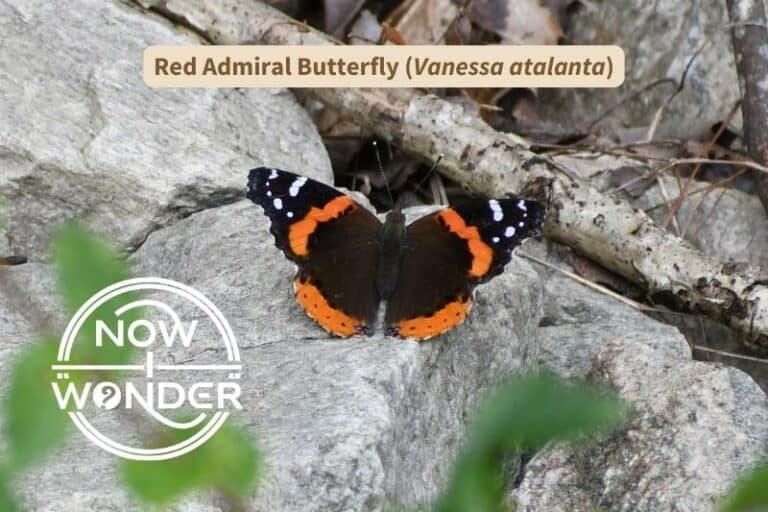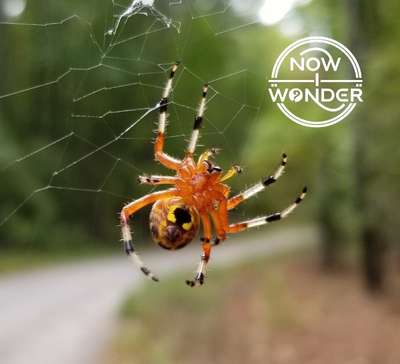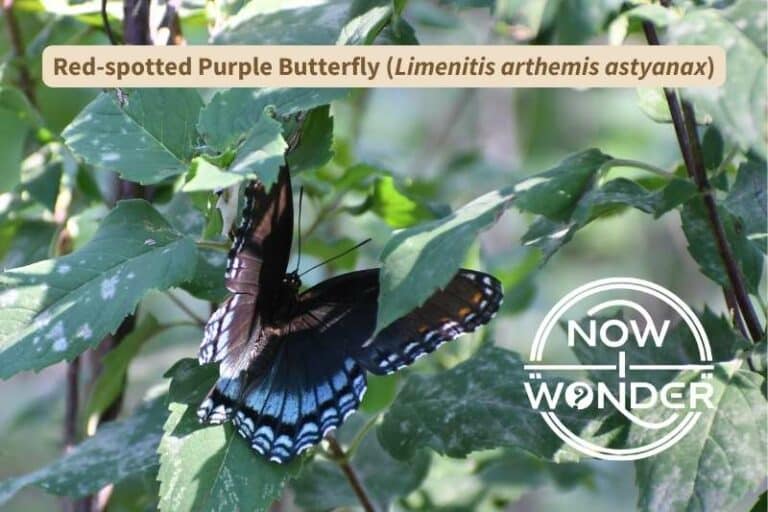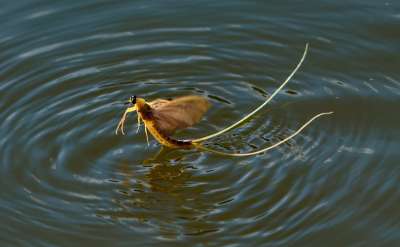Every fall and winter, sick, dying, or already dead sea turtles wash up on the beaches of the eastern United States – victims of a phenomenon called “cold stunning”. What is cold stunning and why is it so dangerous for sea turtles?
Cold stunning is a type of hypothermia experienced by marine sea turtles immersed in water colder than approximately ten degrees Celsius (50 degrees F). Cold stunned turtles become lethargic, unable to breathe and swim properly; without human intervention, the condition is usually fatal.
All sea turtles are critically endangered; cold stunning is a mortal threat to individual sea turtles as well as to the continued existence of entire species. Read on to explore cold-stunning in sea turtles, and whether the condition impacts some species more than others.
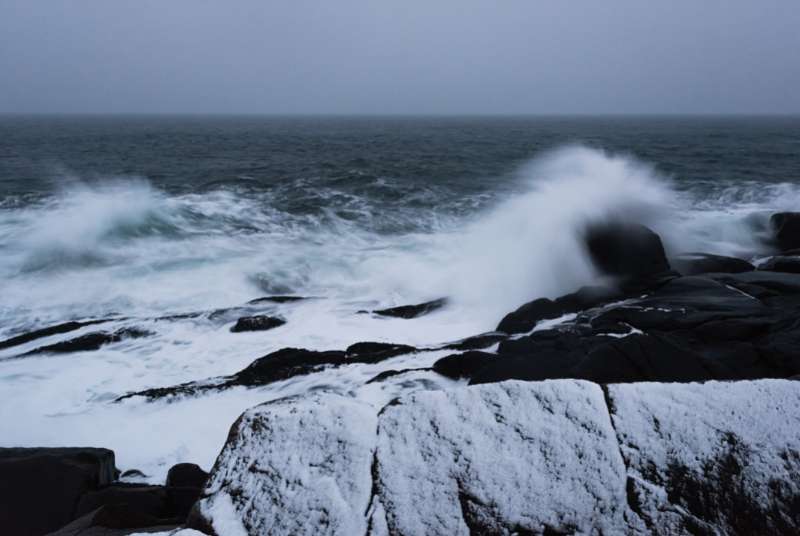
What happens when sea turtles get too cold?
Cold water is dangerous to marine turtles because they are air-breathing ectothermic reptiles. Ectothermic reptiles are sensitive to the temperature of the air of water that surrounds them; their metabolic rates vary with environmental temperatures.
For a detailed discussion about ectothermy in reptiles, check out these other Now I Wonder posts “Can reptiles get too hot?” and “Can reptiles get too cold?“
Turtle metabolisms slow in cold water, which causes the heart and breathing rates to slow. These changes trigger a cascade of interconnected consequences that feed into each other and progressively worsen.
Immediate consequences of cold stunning
As the turtle’s heart and breathing rates slow, the level of oxygen circulating through its system decreases, which reduces the amount of energy generated by the body cells. Decreased energy production further depresses the turtle’s overall ability to function and worsens the cycle.
Cold-stunned turtles become lethargic and struggle to swim and breathe normally. A lethargic turtle can’t escape to warmer waters but more importantly, it cannot properly maintain its position in water. A turtle must be able to lift its head above the surface to breathe. Not only does the depressed respiratory rate mean they breathe less often than they need to, but they breathe when they shouldn’t – namely, when their heads are still underwater.
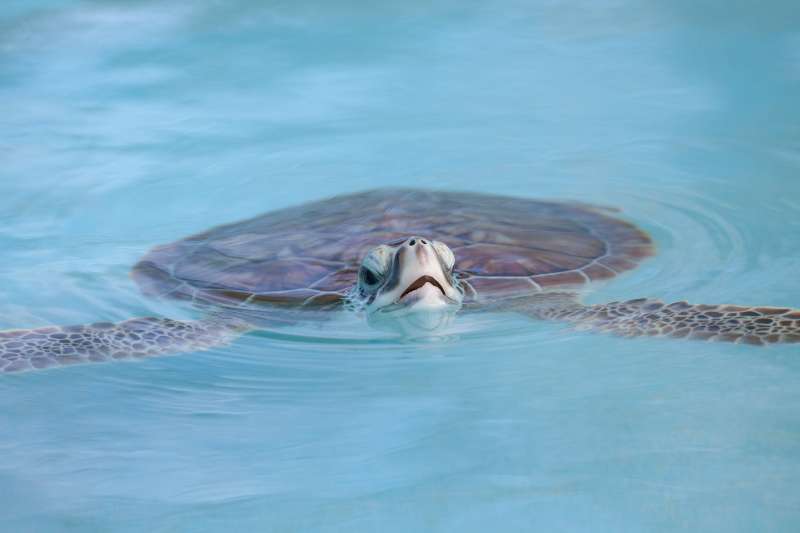
Inhaling water is obviously dangerous for an air-breathing animal. A turtle who inhales too much water all at once will drown immediately. But even small amounts of inhaled water cause danger by taking up space in the lungs that would normally be filled with air, reducing air exchange and further de-oxygenating the blood.
Like all animals, turtles rely on very precise control of various chemicals in the body to survive. Cold stunned turtles lose the ability to regulate their body chemistry and can develop imbalances such as respiratory and metabolic acidosis, hypocalcemia, and hypermagnesia (Innis et al. 2007).
Acidosis is an “actual or relative increase in the acidity of blood” (Taber 1997) caused by an abnormally high concentration of hydrogen ions in the blood. Respiratory acidosis is the result of inadequate ventilation and carbon dioxide retention; metabolic acidosis is the result of the body’s inability to clear excess hydrogen ions the way it normally would.
Hypocalcemia means calcium levels are too low while hypermagnesia means magnesium levels are too high. These imbalances impair proper nerve transmission, muscle contraction, cellular membrane permeability, and the ability of individual cells to manufacture energy.
Long term consequences of cold stunning
Assuming they live long enough, turtles may develop health problems some time after the initial stunning event. These can include pneumonitis, steatitis, and opportunistic bacterial and parasitic infections, all of which are usually fatal without human intervention.
Water inhaled by cold-stunned turtles can cause pneumonitis, which is inflammation of the lung tissue. Pneumonitis interferes with lung perfusion and gas exchange, further worsening breathing and oxygenation. Steatitis is inflammation of fat tissue and can result in tissue death.
Turtles can develop a variety of infections after being cold-stunned. Some infections can be a direct consequence of the cold-stunning event. These include pneumonia due to inhaled water, and skin infection in wounds caused by steatitis. Other infections may develop from pre-existing microbes and parasites that were kept controlled by the turtles’ immune systems until they were cold-stunned and now tip over into active infections. These infections can cause septicemia, a condition in which disease-causing microorganisms enter the blood stream and trigger an often fatal systemic inflammatory response called sepsis.
Are all sea turtles vulnerable to cold stunning?
Three of the six sea turtle species seem to be the most prone to cold stunning in the United States: Kemp’s ridley (Lepidochelys kempii), green (Chelonia mydas), and loggerhead (Caretta caretta) turtles (Griffin et al. 2019). Juveniles appear more susceptible than adults based on their representation in counts of stranded turtles over the years.
While hawksbill and olive ridley sea turtles are occasionally seen, the majority of stranded, cold-stunned turtles seen in the United States are Kemp’s ridley, green and loggerheads since their ranges naturally encompass the eastern seaboard. All are tropical species; they are best adapted to warm, shallow coastal waters so are at high risk for cold stunning when trapped in water that is too cold for them to function normally.
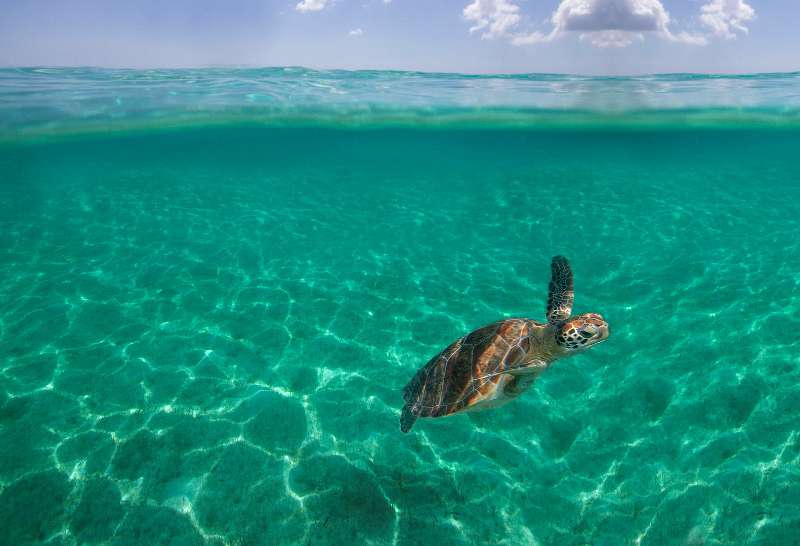
Leatherback turtles (Dermochelys coriacea) are the least likely species to become cold-stunned because they evolved to dive into the depths of the oceans. They can dive to depths of 4000m where the water is approximately 41 degrees Fahrenheit (5 degrees Celsius) (Seawater 1995), which is colder than the lower limit at which most turtles develop cold shock. Leatherbacks can grow to 6 feet (1.8m) and weigh up to 1000 pounds (454kg) (NOAA Fisheries date unknown). Their large size conserves heat, and they are insulated by layers of fat in their heads, esophagi, and bodies.
How do sea turtles end up in dangerously cold water?
All three species may range far and wide during the warm summer months, foraging for food and migrating to breeding grounds, and may end up trapped in cold water due to bad luck and bad weather.
Freak weather events may drop the water temperature in which they are swimming too quickly for them to escape. This usually happens when a cold front or severe winter storm sweeps in during an unseasonably mild winter.
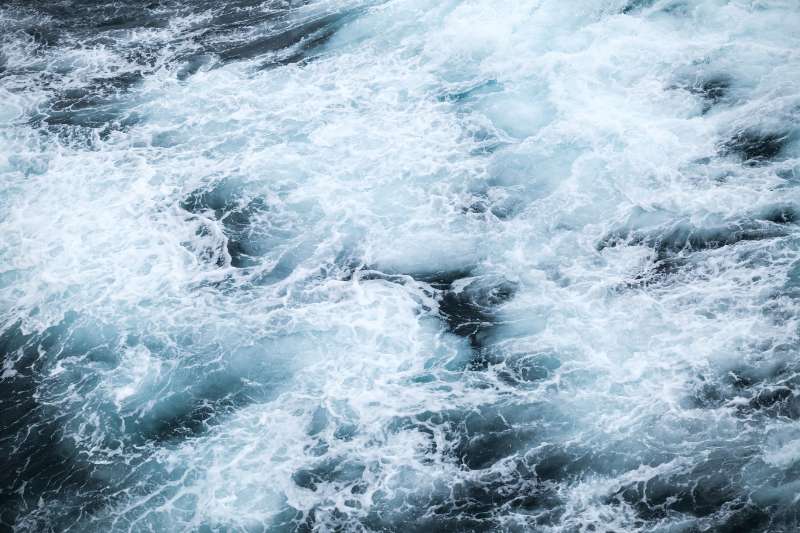
One example is a stranding event that happened in Uruguay in July 2012 (winter in the southern hemisphere). While Uruguay is obviously nowhere near the southeastern United States, this event is a good example of how sea turtles can become trapped and cold-stunned in dangerously cold water.
Over the course of three weeks, a sudden cold front passed through the area, which dropped the air and sea surface temperature quickly. High prevailing winds further cooled the surface water where green turtles were foraging and may have churned the water column, transporting cold water from the depths to the surface.
Ninety green sea turtles became cold-stunned and were pushed onto the beach by currents and winds; of these 55 were either dead upon discovery or died before they could receive veterinary care. The remaining 35 were transported Karumbe Rehabilitation Center in Montevideo where “20 presented with buoyancy problems, pneumonia, skin infection diseases, and septicemia, and 15 appeared to be in good physical condition” (Velez-Rubio et al. 2017).
Climate change and global warming may also contribute to cold-stunning events as ocean temperatures rise and storms become more powerful and unpredictable. There is some evidence to suggest that warming northern waters may lure turtles farther north than their traditional range limits during summer months. This basically creates a turtle trap; when winter weather hits, the turtles end up too far north to swim south fast or far enough to escape. They may also simply be swept into cold, northern waters by severe storms.
Many cold stunned turtles wash up on beaches through the southeastern United States every year and many hundreds of unsung humans work hard to save as many of them as possible. In New York state, 222 turtles stranded alive between 1998 and 2019 while an additional 281 were found already dead; more than half of those that lived long enough to receive veterinary care recovered and were released back into the wild (Montello 2022). Cold water is extremely dangerous for most sea turtles; every turtle life saved should be celebrated as it represents a win against very steep odds.
Related Now I Wonder Posts
To learn more about turtles in general, check out these other Now I Wonder posts:
To learn more about terrestrial and freshwater turtles, check out these other Now I Wonder posts:
- Eastern Box Turtle FAQs
- Are Eastern Box Turtles rare?
- Can you find turtles in rivers?
- River Cooter Turtles: Almost a research enigma
Bibliography
Griffin LP, Curtice RG, Finn JT, Prescott RL, Faherty M, Still BM, Danylchuk AJ. 2019. Warming seas increase cold-stunning events for Kemp’s ridley sea turtles in the northwest Atlantic. PLoS One. 14(1).
Innis CJ, Tlusty M, Constance M, Scott WE. 2007. Metabolic and respiratory status of cold-stunned Kemp’s ridley sea turtles (Lepidochelys kempii). Journal of Comparative Physiology.B, Biochemical, Systemic, and Environmental Physiology. 177(6):623-30.
Montello MA, Goulder KD, Pisciotta RP, McFarlane WJ. 2022. Historical trends in New York state cold-stunned sea turtle stranding-to-release: 1998–2019. Chelonian Conservation and Biology. 21(1):74-87.
[NOAA Fisheries] National Oceanic and Atmospheric Administration. [date unknown]. Species directory: leatherback turtle [Internet]. Silver Spring (MD). Available from: https://www.fisheries.noaa.gov/species/leatherback-turtle#seafood
Open University. 1995. Seawater : Its Composition, Properties and Behaviour. Oxford: Elsevier Science & Technology.
Taber’s Cyclopedic Medical Dictionary. 1997. 19th ed. Philadelphia (PA): F.A. Davis Company.
Vélez-Rubio G,M., Trinchin R, Estrades A, Ferrando V, Tomas J. 2017. Hypothermic stunning in juvenile green turtles (chelonia mydas) in uruguayan coastal waters: Learning for future events. Chelonian Conservation and Biology. 16(2):151-8.

